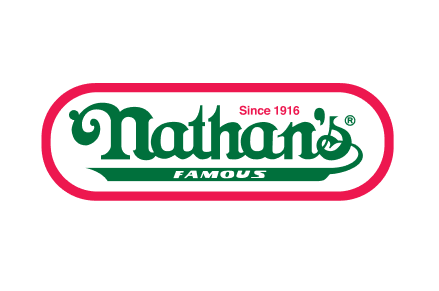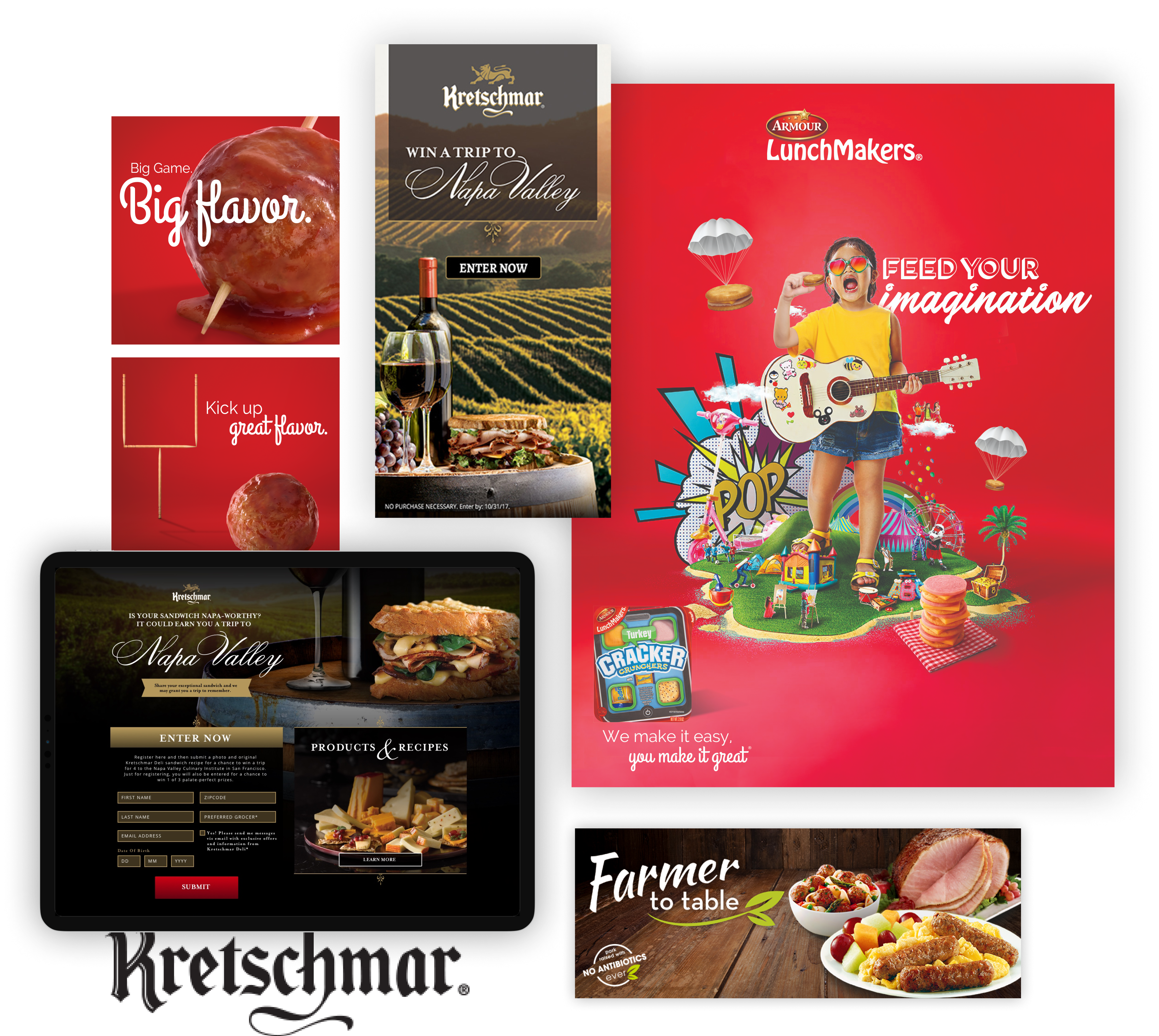The Strategy
To address the fragmentation and complexity of the Smithfield brand portfolio, we implemented a tiered approach to brand management. This allowed us to:

















Strategic Prioritization
Brands were categorized into four tiers based on their market impact, strategic importance, and resource needs. This ensured that high-priority brands like Nathan’s Famous received extensive support and resources to maximize their market presence and align with their historical significance.
Customized Resource Allocation
Each tier received a tailored level of support, ranging from comprehensive marketing campaigns and significant media spends for Tier 1 brands, to a more maintenance-focused approach for Tier 4 brands. This allowed for efficient use of resources and helped prevent resource wastage.


Focused Brand Management
By delineating brands into distinct tiers, brand managers could focus their efforts more effectively, applying distinct strategies and campaigns that were most suitable for their respective tiers. This focused approach helped in maintaining high standards of brand integrity and consistency.

Operational Efficiency
The tiered system facilitated smoother internal operations with clearer roles and expectations, reducing overlaps and confusion in brand management. This allowed brand managers to execute more coordinated and effective strategies.
Improved Brand Perception
With tailored strategies for each tier, every brand was able to strengthen its market position. High-priority brands achieved enhanced visibility and reinvigorated brand images, while lower-tier brands maintained stable market presence without diluting the overall brand value.


Adaptive Strategy Implementation
The flexibility of the tiered system allowed Smithfield to quickly adapt to market changes and brand performance, reallocating resources and shifting strategic focuses as necessary to optimize outcomes.

The Results





